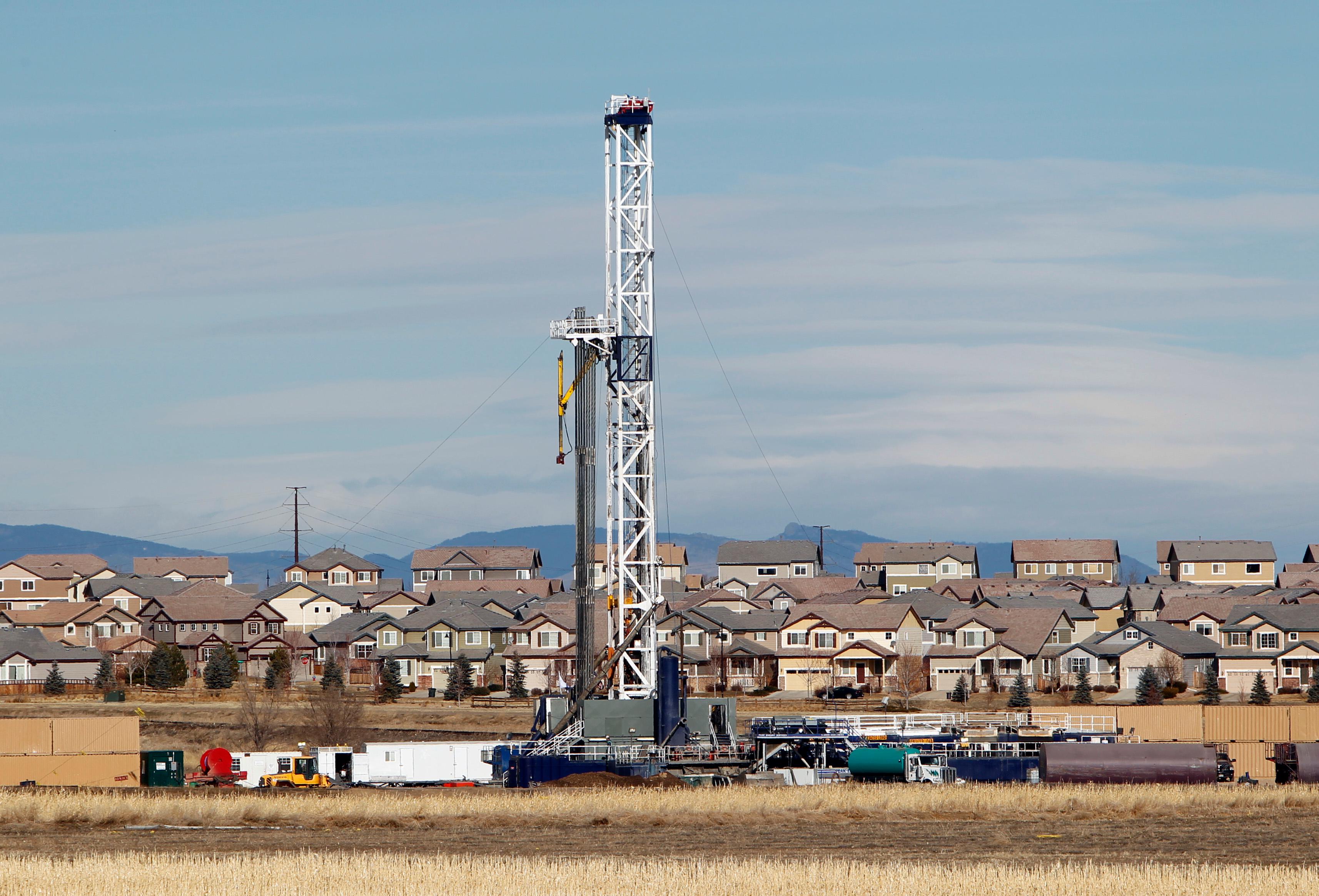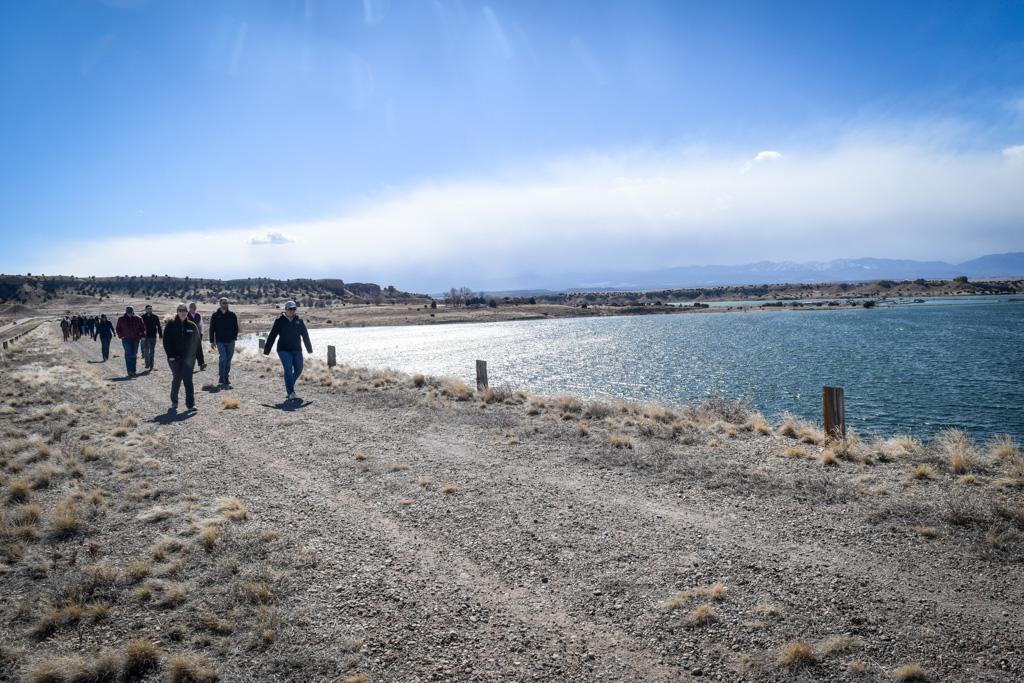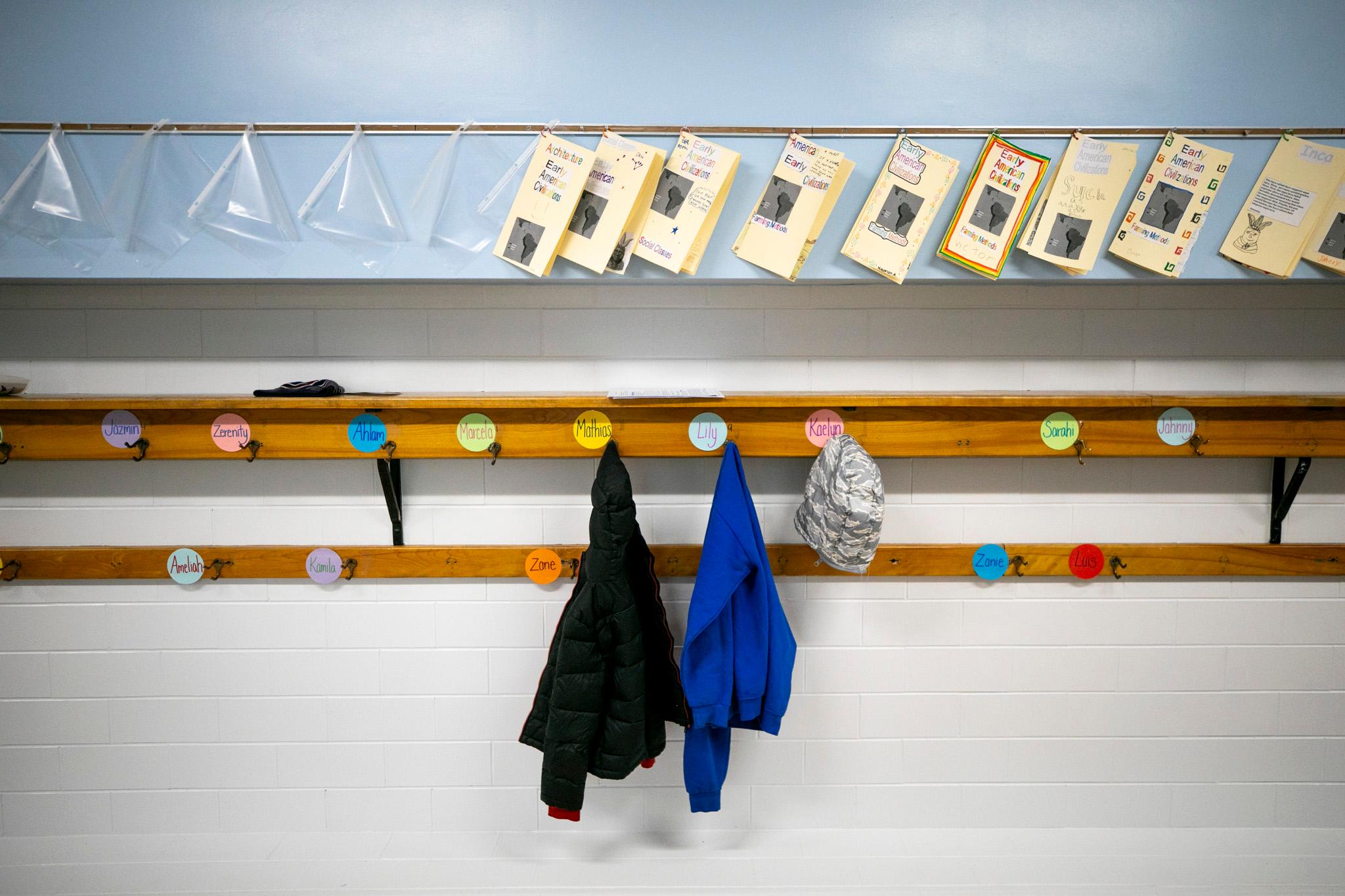
Colorado oil and gas regulators are considering enlarging the mandatory buffer zone between new wells and school property.
A proposal released by the state Oil and Gas Conservation Commission late Wednesday afternoon would require new wells to be at least 1,000 feet from buildings as well as outdoor areas that schools use, such as playgrounds and athletic fields.
Current rules require the same size buffer zone but measure it from school buildings, not outdoor areas. That allows wells to be closer to playgrounds and similar facilities.
Regulators could still allow wells closer if areas outside the buffer zone are deemed to be technically infeasible or economically impractical. School officials could also agree to allow wells within the buffer zone.
The rule would apply to future facilities as well as existing ones if schools plan to have them in place within three years.
In written comments, the Colorado Oil and Gas Association, an industry group, said it supported the new rules but asked for changes.
The association said the rules should make it clear that the expanded buffer zone does not apply to non-school facilities that are sometimes used for school activities, such as municipal tennis courts, golf courses and baseball fields.
The Oil and Gas Conservation Commission will consider the rule at a hearing Dec. 17 and 18.
The hearing will be held just six weeks after Colorado voters defeated a measure that would have required a buffer zone of 2,500 feet from occupied buildings and what the measure called vulnerable areas such as parks, creeks and irrigation canals.
The measure also would have allowed local governments to require even bigger buffer zones. The industry advertised heavily against it.
The proposed rule expanding the school buffer zone was separate from the ballot measure.
The school rule has been in the works since August.
The latest draft of the proposed rule had not been posted on the commission's website Wednesday.









